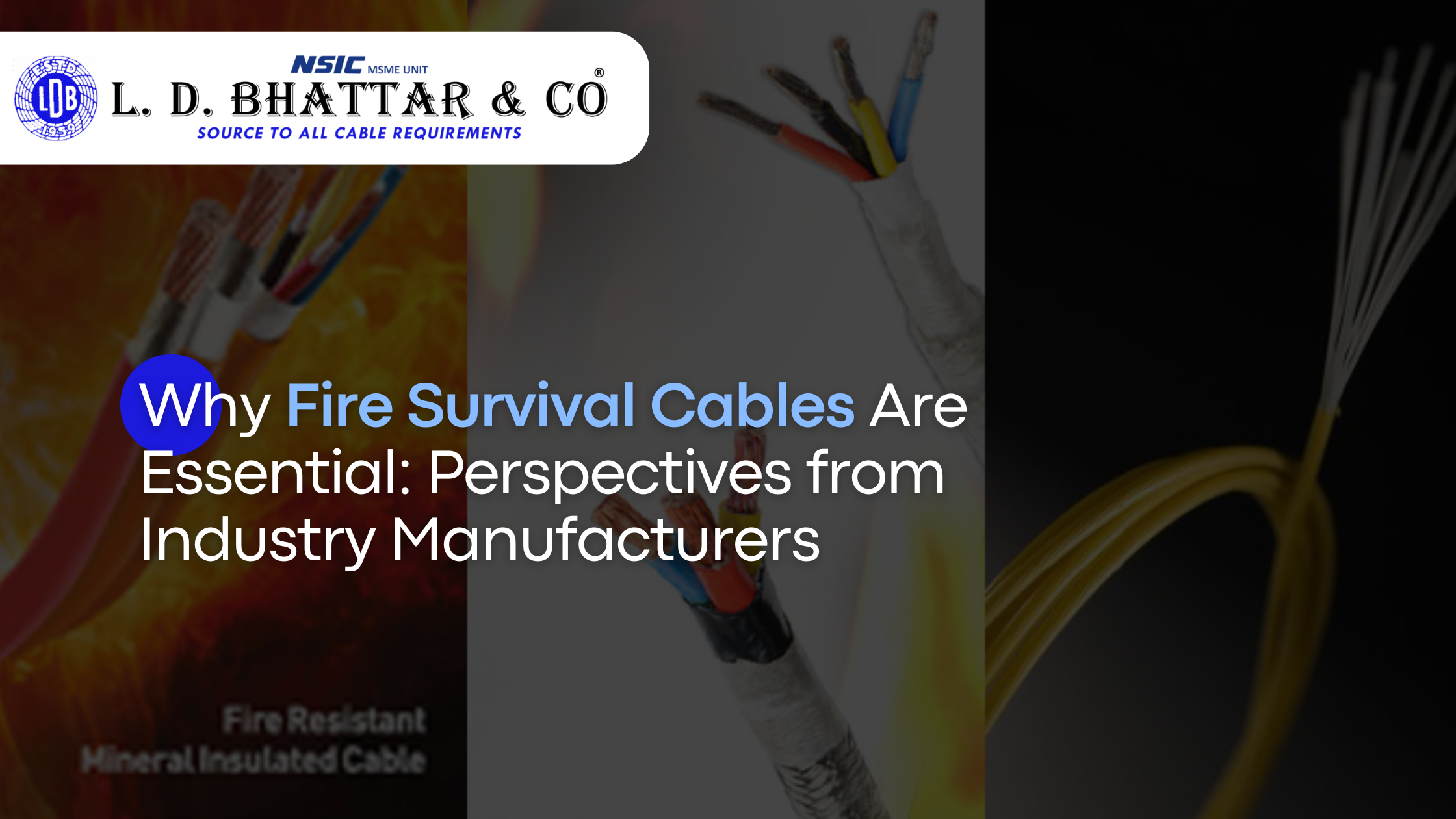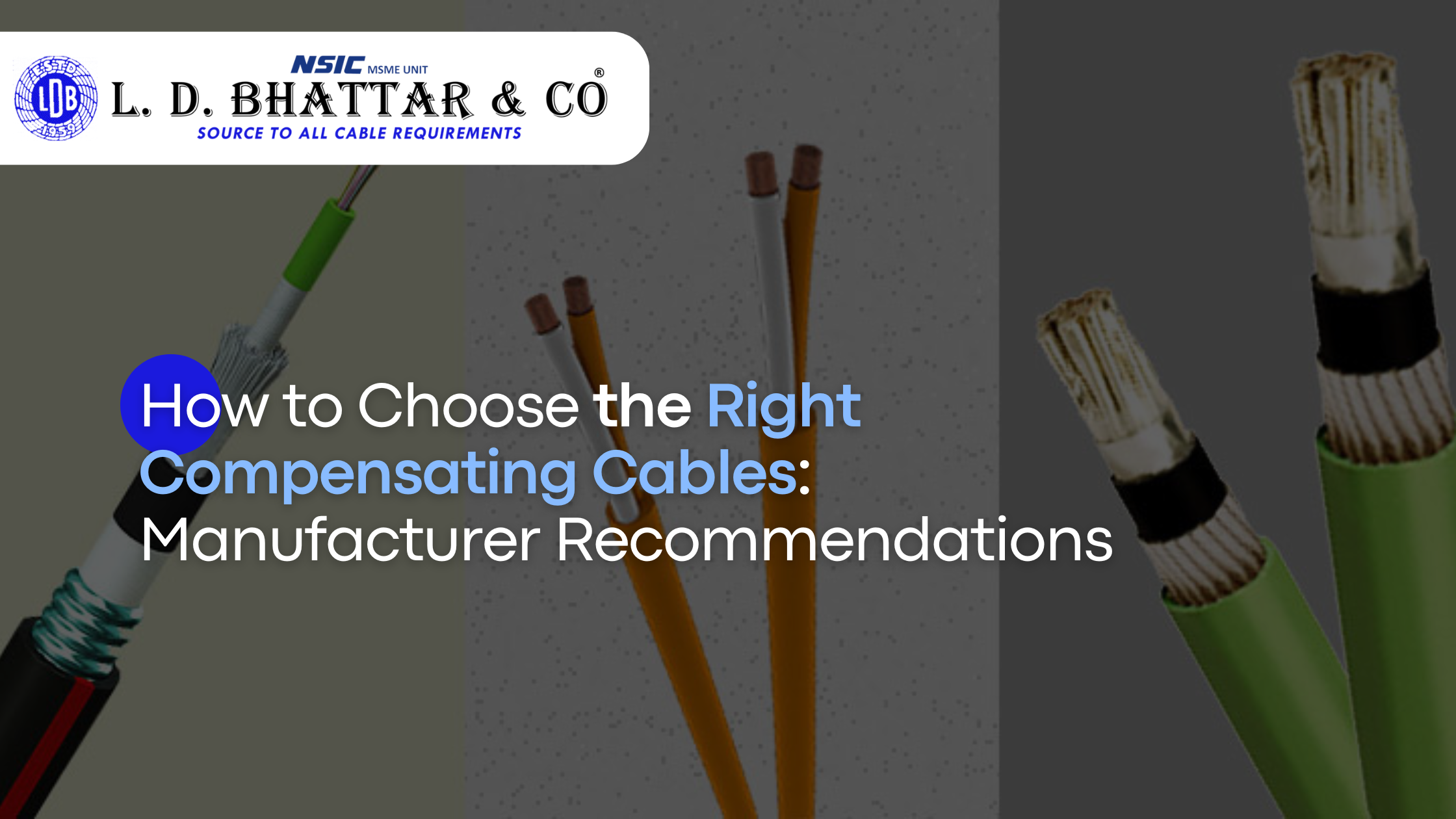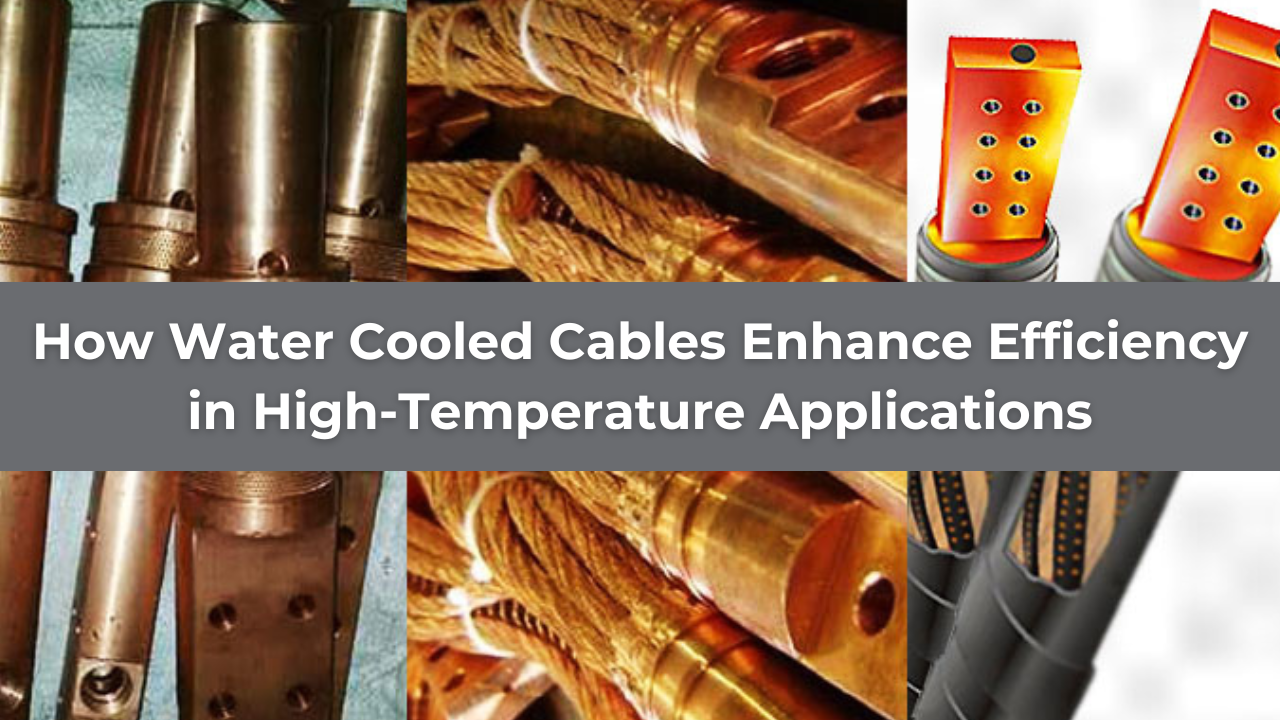Without a doubt, fire is a hazard for both our property and our lives. Fire safety plans and building regulations give importance to particular actions to aid safe evacuation, lower fire risk, and support firefighting efforts. Using fire survival cables has several advantages that bolster building safety.
These cables are meticulously manufactured with fire-resistant materials that prevent the spread of flames so that the firefighters can contain the fire. In addition, fire survival cables maintain critical circuit integrity during the fire to ensure essential systems like alarms and emergency lighting remain operational.
The fire survival cable manufacturers in India construct the cables with low smoke-zero-halogen materials, which eliminate toxic fumes and smoke to enhance visibility and reduce health risks during evacuations. The durable construction makes sure that their performance is even under extreme conditions. In this blog, we will discuss several advantages of fire survival cables and why using these cables is essential.
Understanding Fire Survival Cables
These cables are also known as circuit integrity cables. The fire survival cables manufacturers in India design the cables to sustain high temperatures for a particular period of time. These cables are mainly used in hazard-prone areas, including thermal power plants, airports, metro rail projects, and rail terminals.
What is the Difference Between Fire Survival Cables and Conventional PvC-Insulated Cables?
Usually, fire survival cables are manufactured from LSZH (low smoke-zero halogen) elements, which give them special properties. This compound is fabricated by the cables to make sure that the cables emit meagre quantities of smoke while ignited to heat. Chlorine, fluorine, bromine, and astatine are the members of the halogen family.
Halogens, a specific group of chemical elements, pose significant risks in fire scenarios. When exposed to heat, these elements can release toxic and dangerous gases. These gaseous byproducts are particularly hazardous because they can transform into corrosive acids upon contact with moisture. This reaction is especially concerning for human health, as it can occur in moist areas of the body such as the lungs, eyes, and throat.
In the context of wire and cable manufacturing, three halogen elements are of primary concern due to their potential dangers: chlorine, fluorine, and bromine. These specific halogens present the most substantial risk factors in this industry.
What are the Advantages of Fire Survival Cables?
Maintain Critical Circuit Integrity
Fire survival cables are crucial for maintaining essential electrical systems during emergencies. Designed to withstand extreme heat, these cables ensure the continued operation of emergency lighting, fire alarms, and communication systems. By preserving circuit integrity, they facilitate safe evacuation and assist firefighters in navigating buildings effectively. This resilience minimises disruptions and enhances overall fire safety measures, proving vital in critical situations.
Enhance Fire Containment
Fire survival cables are manufactured with fire-resistant elements to endure high temperatures. As a result, the wires act as barriers within the structure of the building. This delay in fire propagation will help the professionals prevent widespread damage to potential loss of life and property.
Contact Us!
Fire survival cables are an integral part of modern infrastructure and offer a comprehensive solution to lower the risks associated with fire incidents. This type of wire should be used more often as it withstands extreme conditions, protects critical infrastructure, and maintains the power supply. If you want to purchase our products or discuss them, contact our fire survival cables manufacturers in India at L. D. Bhattar & Co.



